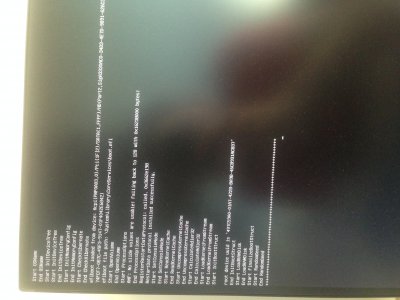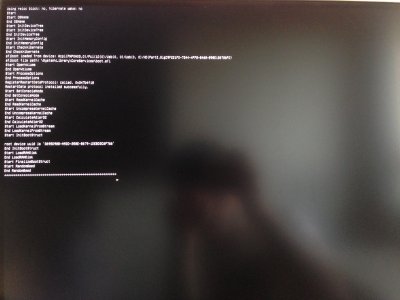- Joined
- Nov 5, 2016
- Messages
- 14
- Motherboard
- MSI X99A SLI PLUS
- CPU
- Intel i7-6800K 3.6Ghz
- Graphics
- MSI GeForce GTX 1060 Armor OC 6GB GDDR5
Hello,
I currently have a working build with Sierra 10.12.6, attached the EFI folder I am using ("EFI 10.12"). I want to update to High Sierra, and I've been struggling to get it working in my current build for the past week. I´ve followed several guides from this forum as well as from other Hackintosh forums and ended up with the other attached EFI folder ("EFI 10.13").
My conclusion after doing some research is that my current hardware build can be quite tricky (MSI X99A SLI PLUS, Intel 6800K or the combination of both) and may be incompatible with High Sierra with the existing patches in Clover.
So far, my approach to getting macOS installed has been to install it in an SSD and get it working from a MacBook, to later connect that SSD to the Hackintosh (with proper Clover installation, and EFI folder edits).
Anyways, having High Sierra (10.13.5) installed in the SSD (and working on the MacBook), and Clover and EFI folder put in place, the boot process gets stuck as shown in the screenshot attached. Maybe unrelated to whatever is causing the boot process to end unexpectedly, the main problems I had with the Sierra build (and that most MSI mobos seem to have) are related to memory allocation. I've tried the various workarounds proposed such as disconnecting every SATA drive other than the boot drive, or removing PCI cards, with no result.
I have no idea what might be causing this, or even if it might have a solution or some patching that can be done. Since I have not found anyone on the internet with the same build, I'm gonna need some specific help to get it working (if it is even possible).
I currently have a working build with Sierra 10.12.6, attached the EFI folder I am using ("EFI 10.12"). I want to update to High Sierra, and I've been struggling to get it working in my current build for the past week. I´ve followed several guides from this forum as well as from other Hackintosh forums and ended up with the other attached EFI folder ("EFI 10.13").
My conclusion after doing some research is that my current hardware build can be quite tricky (MSI X99A SLI PLUS, Intel 6800K or the combination of both) and may be incompatible with High Sierra with the existing patches in Clover.
So far, my approach to getting macOS installed has been to install it in an SSD and get it working from a MacBook, to later connect that SSD to the Hackintosh (with proper Clover installation, and EFI folder edits).
Anyways, having High Sierra (10.13.5) installed in the SSD (and working on the MacBook), and Clover and EFI folder put in place, the boot process gets stuck as shown in the screenshot attached. Maybe unrelated to whatever is causing the boot process to end unexpectedly, the main problems I had with the Sierra build (and that most MSI mobos seem to have) are related to memory allocation. I've tried the various workarounds proposed such as disconnecting every SATA drive other than the boot drive, or removing PCI cards, with no result.
I have no idea what might be causing this, or even if it might have a solution or some patching that can be done. Since I have not found anyone on the internet with the same build, I'm gonna need some specific help to get it working (if it is even possible).


